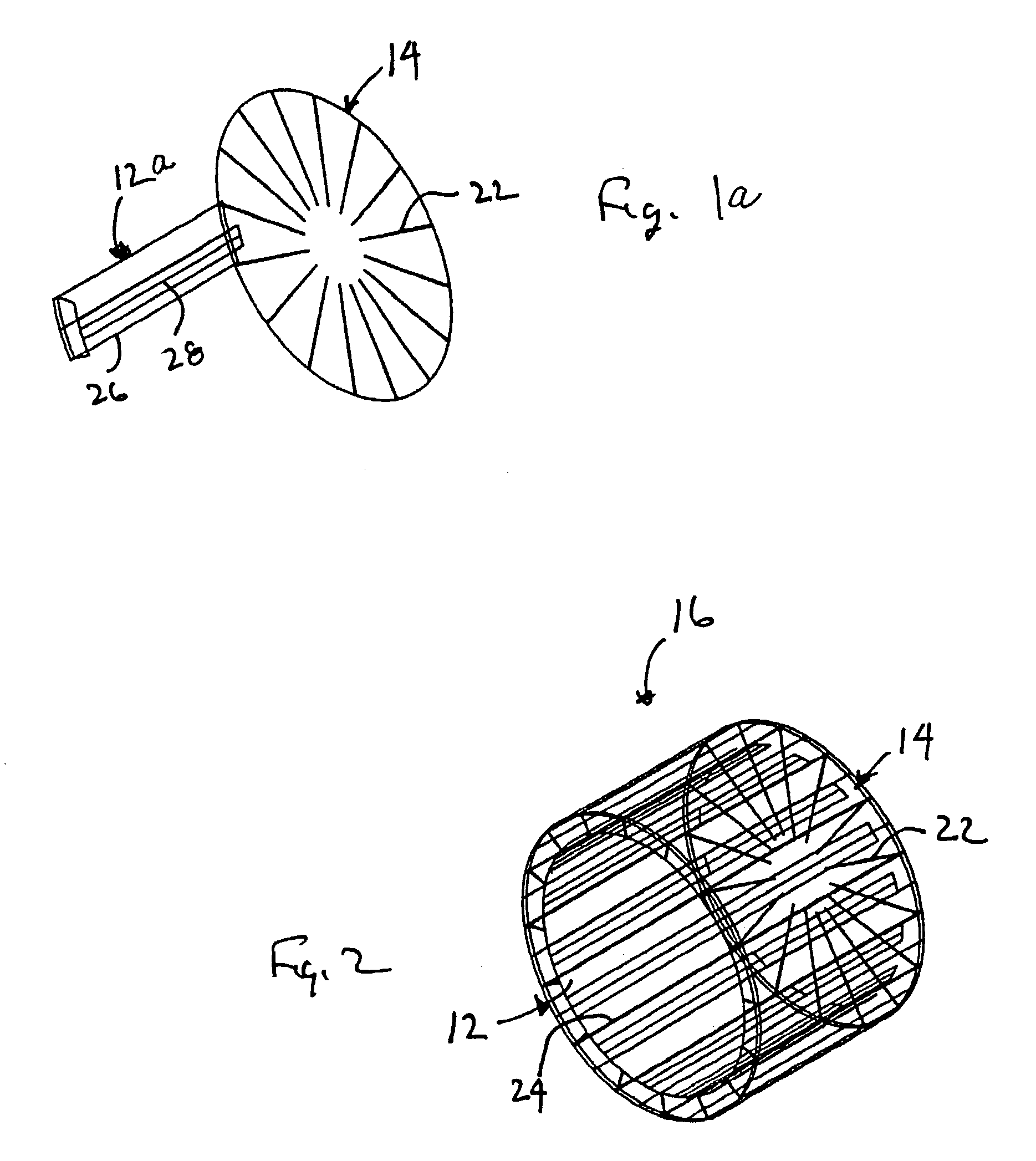Magnetic resonance imaging system using coils having distributed transmission line elements with outer and inner conductors
a magnetic resonance imaging and distribution transmission line technology, applied in the field of high-resolution magnetic resonance imaging systems, can solve the problems of limited mri equipment, limited signal-to-noise ratio (snr), and limited ability to generate homogeneous transmit fields, and achieve the effect of optimizing for nmr signal generation and/or detection, reducing the inductance of each conductor, and minimizing the electric field associated
- Summary
- Abstract
- Description
- Claims
- Application Information
AI Technical Summary
Benefits of technology
Problems solved by technology
Method used
Image
Examples
Embodiment Construction
[0055]1. Overview
[0056]Generally, the illustrated system of the present invention includes a housing 11 within which are a field coil 13, X, Y, Z gradient coils 15 and a transmit / receive coil 17. Field coil 13 is energized by a field coil controller 19. Gradient coils 15 are controlled by a gradient coil controller 21. Transmit / receive coil 17 is controlled by a transmit / receive coil controller 23. Field coil controller 19, gradient coil controller 21, and transmit / receive controller 23 are managed by a system controller 25. A carriage 27, upon which a subject reclines, is reciprocable into and out of the region 29 within transmit / receive coil 17. Region 29 is a medical diagnostic chamber within which the subject is internally imaged pursuant to the present invention.
[0057]As shown in FIGS. 1a to 4, the coil at the heart of the present invention, is a transmit and / or receive coil that includes transmission line elements distributed in a circular, elliptical, or other geometrical arr...
PUM
 Login to View More
Login to View More Abstract
Description
Claims
Application Information
 Login to View More
Login to View More - R&D
- Intellectual Property
- Life Sciences
- Materials
- Tech Scout
- Unparalleled Data Quality
- Higher Quality Content
- 60% Fewer Hallucinations
Browse by: Latest US Patents, China's latest patents, Technical Efficacy Thesaurus, Application Domain, Technology Topic, Popular Technical Reports.
© 2025 PatSnap. All rights reserved.Legal|Privacy policy|Modern Slavery Act Transparency Statement|Sitemap|About US| Contact US: help@patsnap.com



